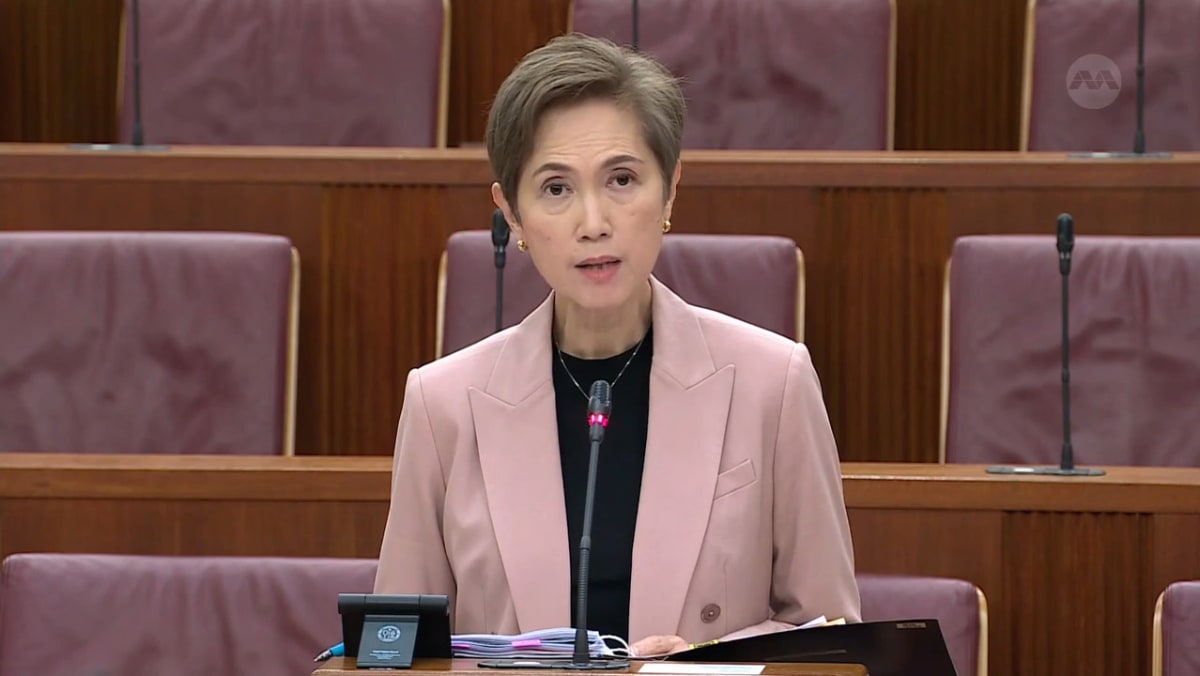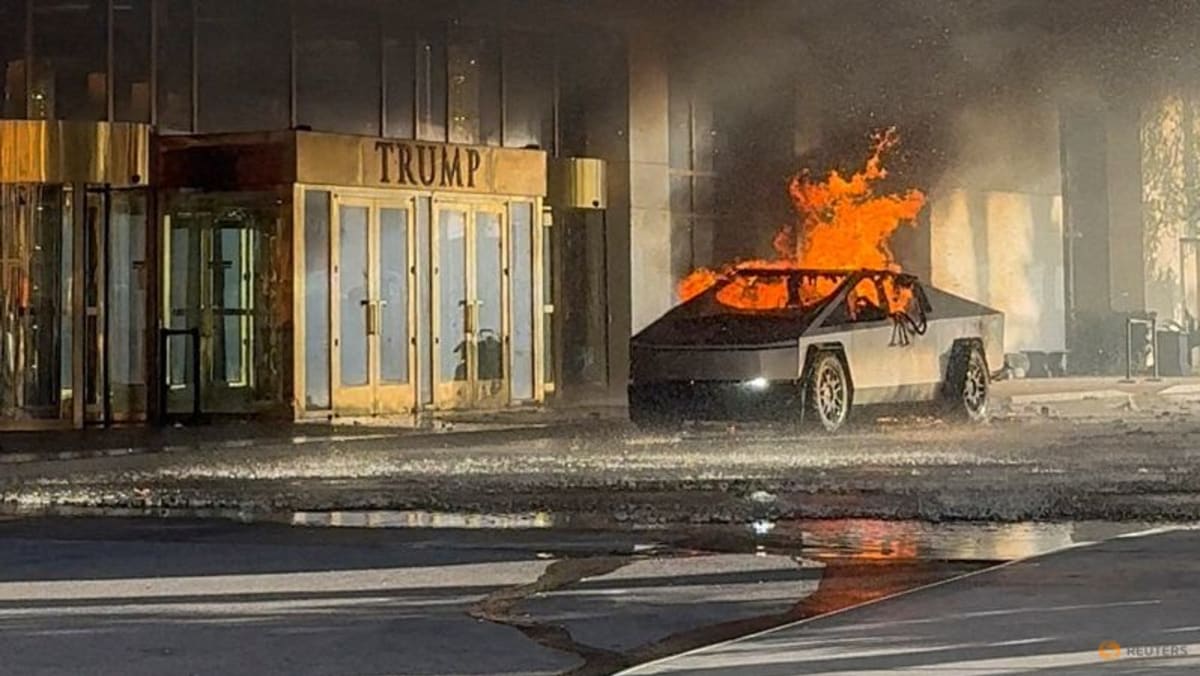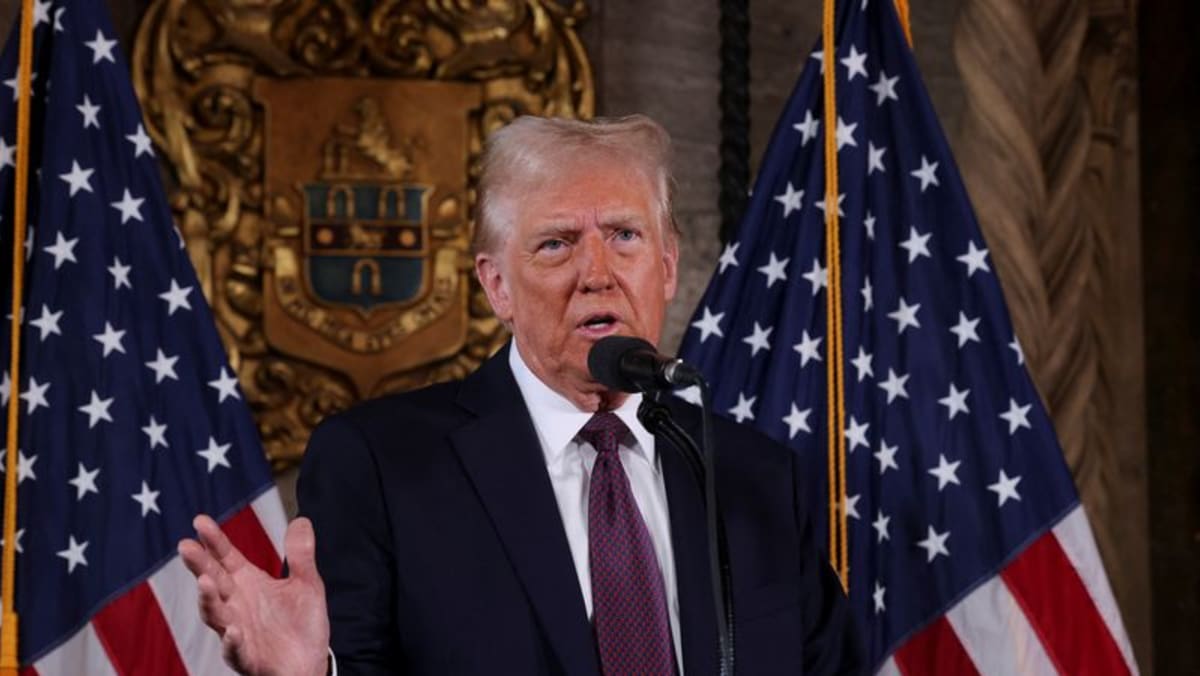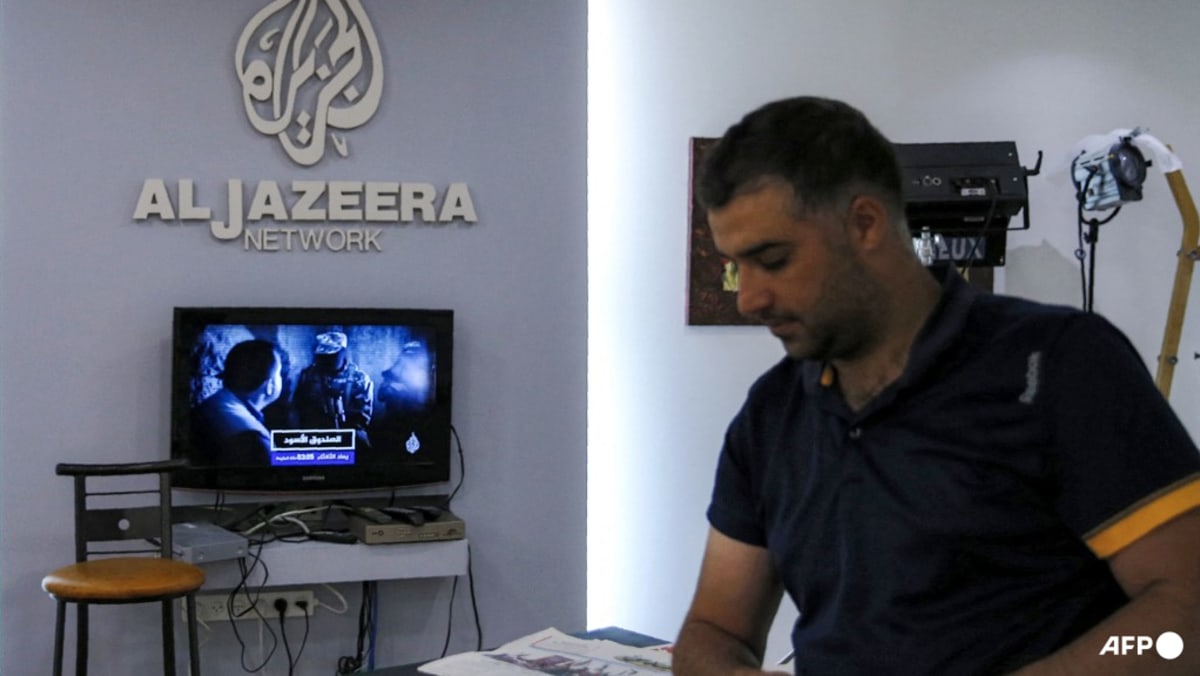30 bullets were fired at her home. 1 changed Aalayah Fulmore’s life forever.

On July 8, 2022, it took one bullet to change Aalayah Fulmore’s life forever.
Aalayah, who was 13 years old at the time, was in her bedroom in her North Carolina home when gunfire erupted outside her family’s apartment.
“Then shots just started happening. I just felt something go through my stomach, hopped up, ran,” Aalayah told “Nightline.”
More than 30 bullets struck her home. One bullet struck Aalayah.
The subsequent hours, days, weeks and months were the most trying moments of Aalayah’s life, as first responders and doctors raced to save her life and repair the physical and emotional damage caused by the single projectile, her family told “Nightline.”
Aalayah’s harrowing ordeal is just one of tens of thousands of gun violence incidents taking place across the country, which has seen a surge in shootings involving minors, according to gun control experts.
Two officers, Sgt. Larry Frye and Deputy Matthew Twigger, arrived at Aalayah’s home and began administering first aid as she was internally bleeding.
The single bullet left a trail of destruction inside her body. It ricocheted from organ to organ, tearing through her intestines, her colon, and the main artery carrying blood to her legs, according to doctors.
An X-ray shows the bullet still lodged in Aalayah Fulmore’s body.
ABC News
“Every tiny second counts,” Twigger told “Nightline.” “Your job was to save 10 seconds, and then the EMS’ job is to save 10 seconds. The surgeon has 20 seconds to play with to be able to save someone’s life.”
The teen’s heart stopped and she needed to be resuscitated twice before she got to an operating table, according to doctors.
“When you first get there, they’re like [the] first 48 hours are very critical. But they were telling us, ‘Look, your daughter is very sick,'” Stacy Fulmore, Aalayah’s mother, told “Nightline.” “Like, they were pretty much saying she’s not gonna make it because the more blood they gave her, the more blood she bled out.”
Dr. William Miles, the Atrium Health Cabarrus trauma surgeon who treated the teen, told “Nightline” that she had 26 surgeries during her stay in the hospital, with two-thirds of them taking place in the first week.
Aalayah was able to regain consciousness, but she had to remain in the hospital for more procedures.
Aalayah Fulmore spent weeks in the hospital after she was shot in her home.
Courtesy Stacy Fulmore
“I thought when I get on a regular patient floor, I could go home. And then they dropped another three weeks on me. It was the longest three weeks ever,” she said.
Although doctors could not remove the bullet out of fear that the extraction could cause more damage, Aalayah was discharged from the hospital after two months. But she is still not done with her recovery.

Stacy and Aalayah Fulmore have had to make major life changes after she was shot in her home last year.
ABC News
More than a year since the shooting, the teen is still using crutches to walk and awaiting surgery to help repair damage to her leg. She missed six months of school and could only attend half of her classes.
Aalayah said she is still traumatized by the shooting and gets anxious whenever she hears a loud noise such as a car backfiring. Her mother said that she suffered a panic attack and fainted at school from loud noises from a school project.
Fulmore said that she and other family members also have been struggling. She moved her family to another house for better safety as no suspect has been identified in the shooting.

Aalayah Fulmore spent weeks in the hospital after she was shot in her home.
Courtesy Stacy Fulmore
Fulmore said that she has had to reduce her hours as a health care worker to take care of her daughter, and has relied on donations from a Go-Fund-Me campaign to help pay the medical bills, which have added up to more than $500,000.

Aalayah Fulmore is still recovering from being shot in her home last year.
ABC News
Aalayah’s story has become more common in America in recent years, according to gun violence data.
Every day, an average of 23 kids are shot in the U.S., according to the Brady Campaign to Prevent Gun Violence.
So far this year, more than 1,500 children under the age of 18 have been killed by guns, and over 270 of those victims were 11 or younger, according to the Gun Violence Archive, a nonprofit which identifies mass shootings as cases in which four or more people are shot, and tracks them through public data, news reports and other sources.
In 2020, firearms surpassed car accidents as the No. 1 killer among children and teens, according to data released last year by the U.S. Centers for Disease Control and Prevention.
Rep. Maxwell Frost, D-Fla., who was one of the organizers of the “March for Our Lives” demonstrations, said that lawmakers haven’t made gun control a priority despite this disturbing trend.
“It’s unfortunate and it’s frustrating because children are paying the price,” he told “Nightline.” “So our children are paying the price and it’s not even enough to be in your own room anymore. You’ll be shot in your own room.”
Still, there has been some progress on the national level, experts said.
In 2022, President Joe Biden signed the first major piece of gun legislation in nearly 30 years which includes incentives for states to pass red flag laws and prevents people convicted of domestic abuse from owning firearms.
In September, the president launched the Office of Gun Violence Prevention to look for solutions.

President Joe Biden listens as Rep. Maxwell Frost speaks during a Rose Garden event on gun safety at the White House, Sept. 22, 2023.
Alex Wong/Getty Images
Others are also trying new methods to solve the problem.
Dr. Chethan Sathya, a pediatric trauma surgeon and the director of Northwell Health Center for Gun Violence Prevention, has been screening every ER patient who comes in for their exposure to guns and collecting the data.
“Even if you come in with a headache, a urinary tract infection, you’re going to get these questions because we want to normalize the way that we talk about gun injury risk. It shouldn’t be a taboo topic,” Sathya said. “It needs to be something that’s part of our medical vocabulary that patients expect us to ask, and we find that most patients are extremely receptive to the conversation.”
Frost said he wanted young gun violence victims like Aalayah and their families to know that there are people who are fighting for them and won’t stop.
“And I believe that we will win. We will win because of people like her,” he said.
ABC News’ Rosa Kim and Tien Bischoff contributed to this report.
Source: abc news















